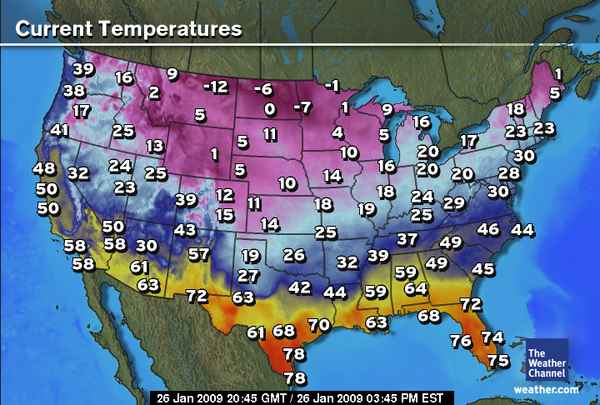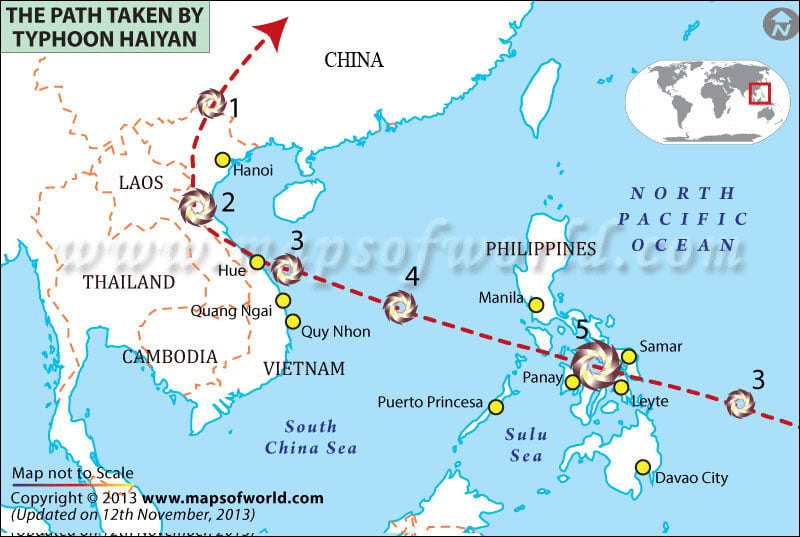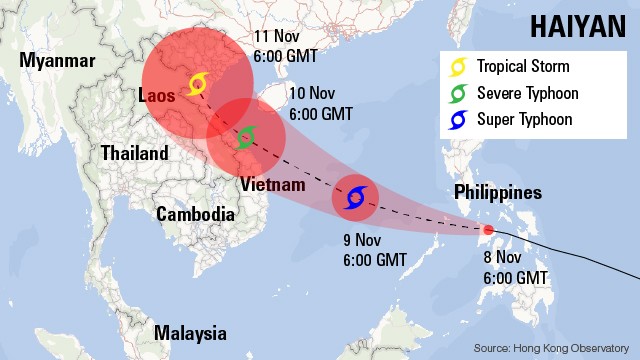In the 4:00 minute clip in which the Organizations of Cartographers for Social Equality lobbies to have the show's president (President Barlett) encourage legislation to support elementary and secondary geography education using the Gall-Peters projections.
Wait a second, there is more than one map of the world?? Heck yes there is, because depending upon the location/country/city being mapped and the scale used, the projection changes. For example, the lambert conformal conic projection rocks for depicting the United States:

http://myweb.unomaha.edu/~kstuart/CartGIS/MapProjection/USALambertsConformalConic.png

http://www.geoatlas.com/en/maps/world-maps-0/mercator-projection-24
The above map uses a Mercator projection, and I'm willing to bet this is the projection the average American is most familiar with. Wait a second... is Russia really that big? Why does Greenland look bigger than South America? What the heck is going on? Without out getting into serious geography nerd jargon, the simple answer is that the further from the equator a landmass happens to be, the more distorted it's size and area will be.
Below is an image of the Gall-Peters projection:

http://theirondandelion.files.wordpress.com/2013/08/gall-peters-projection-world-map.jpg
If you're used to the Mercator or even Robinson projection, the Gall-Peters projection probably comes off as a little trippy. "Like whoa, Afrca is HUGE, and Europe looks so small!". Now bear in mind, no world scale map is going to be 100% accurate. Ever. Where the Mercator projection was created predominately for the purpose of maritime navigation, the Gall-Peters is a cylindrical equal area projection. Wait a second, let me translate that into English: this kind of map is designed to depict each landmass based upon it's actual area. Hence why Greenland looks smaller than South America.
Map projections is one of those geography topics that could be discussed forever and eternity. However, it's a Saturday night, so let me leave you all with something more entertaining: http://www.youtube.com/watch?v=esbS_vT25GU










